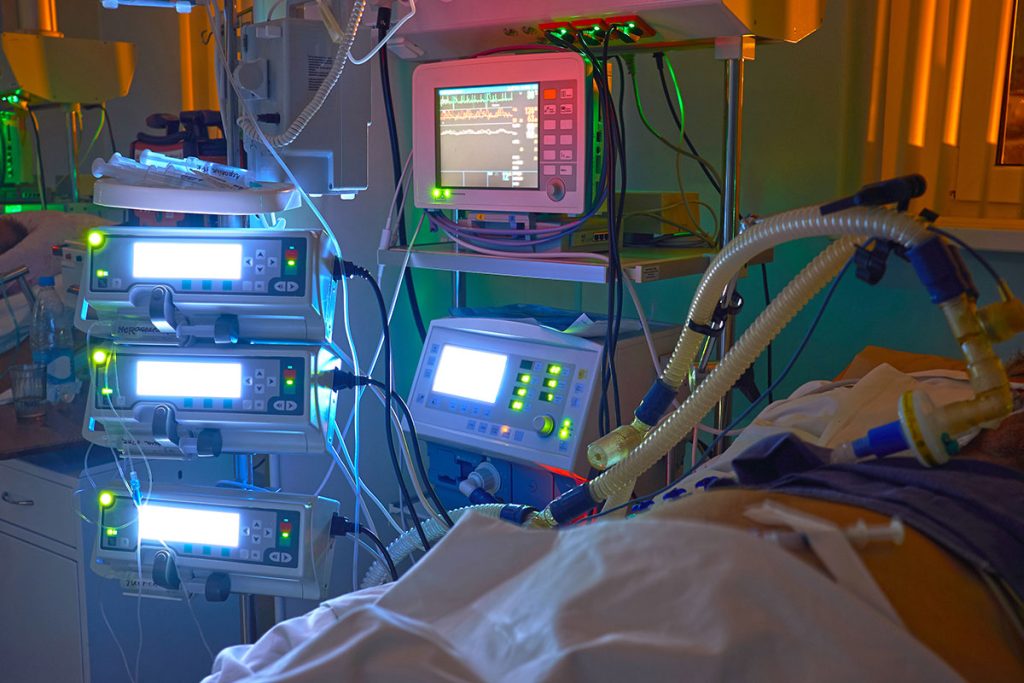
Comprehensive Guide to Cardiac Critical Care Management
Cardiac critical care management involves the comprehensive and intensive medical care of patients with severe cardiac conditions. This includes those suffering from acute coronary syndromes (ACS), heart failure, arrhythmias, cardiogenic shock, and post-cardiac arrest care. The primary goal is to stabilize the patient, manage the underlying cardiac condition, and prevent complications. Key components of cardiac critical care management include:
1. Initial Assessment and Stabilization
- Primary Survey: Assess airway, breathing, circulation, disability, and exposure (ABCDE).
- Vital Signs Monitoring: Continuous ECG, blood pressure, oxygen saturation, and respiratory rate.
- Oxygen Therapy: Administer supplemental oxygen to maintain SpO2 > 94%.
- Intravenous Access: Establish IV lines for medication and fluid administration.
- Advanced Cardiac Life Support (ACLS): Follow ACLS protocols for resuscitation if necessary.
2. Diagnostic Evaluation
- Electrocardiogram (ECG): Obtain a 12-lead ECG to diagnose arrhythmias, ischemia, or infarction.
- Cardiac Biomarkers: Measure troponin levels to assess myocardial injury.
- Imaging Studies: Echocardiography, chest X-ray, and coronary angiography as indicated.
- Blood Tests: Complete blood count, electrolytes, renal function, liver function, and coagulation profile.
3. Medical Management
- Acute Coronary Syndromes: Administer antiplatelets (e.g., aspirin, P2Y12 inhibitors), anticoagulants (e.g., heparin), nitrates, beta-blockers, statins, and consider reperfusion therapy (PCI or thrombolysis).
- Heart Failure: Use diuretics, vasodilators, inotropes, and mechanical support if necessary (e.g., intra-aortic balloon pump, ventricular assist devices).
- Arrhythmias: Antiarrhythmic drugs (e.g., amiodarone, lidocaine), electrical cardioversion, or pacemaker insertion for bradyarrhythmias.
- Cardiogenic Shock: Hemodynamic support with inotropes (e.g., dobutamine, milrinone), vasopressors (e.g., norepinephrine), and mechanical circulatory support.
4. Monitoring and Support
- Hemodynamic Monitoring: Invasive monitoring with arterial lines, central venous catheters, and pulmonary artery catheters for detailed assessment.
- Mechanical Ventilation: For patients with respiratory failure or significant pulmonary edema.
- Renal Support: Dialysis or continuous renal replacement therapy (CRRT) for acute kidney injury.
- Nutritional Support: Enteral or parenteral nutrition to maintain energy balance.
5. Preventive Measures
- Infection Control: Strict aseptic techniques, prophylactic antibiotics if indicated.
- DVT Prophylaxis: Low molecular weight heparin or pneumatic compression devices.
- Glycemic Control: Insulin therapy to maintain blood glucose levels.
6. Multidisciplinary Approach
- Collaboration: Engage cardiologists, intensivists, nurses, respiratory therapists, pharmacists, and dietitians.
- Family Involvement: Keep the patient’s family informed and involved in care decisions.
7. Post-Critical Care Management
- Rehabilitation: Cardiac rehabilitation programs to improve physical fitness and quality of life.
- Follow-Up: Regular follow-up appointments for monitoring and management of chronic conditions.
- Education: Educate patients on lifestyle modifications, medication adherence, and recognizing warning signs.
Effective cardiac critical care management requires a thorough understanding of cardiovascular physiology, rapid decision-making, and the ability to utilize advanced medical technologies. Continuous education and training of healthcare professionals are crucial to improving outcomes for critically ill cardiac patients.